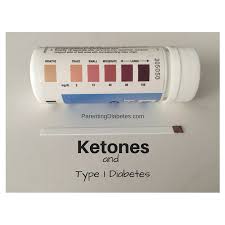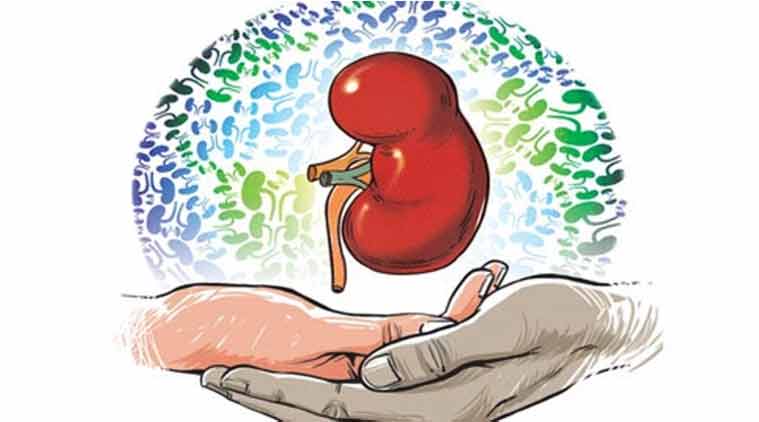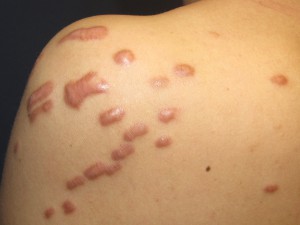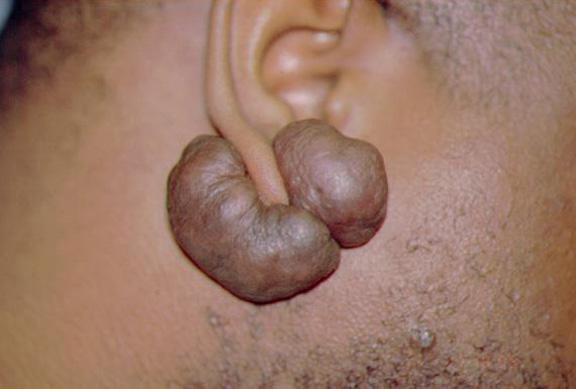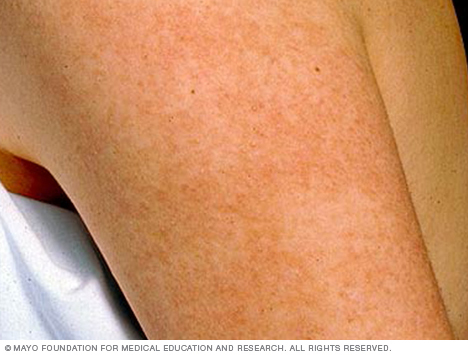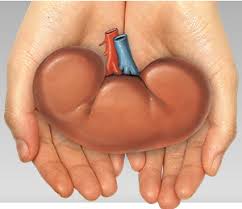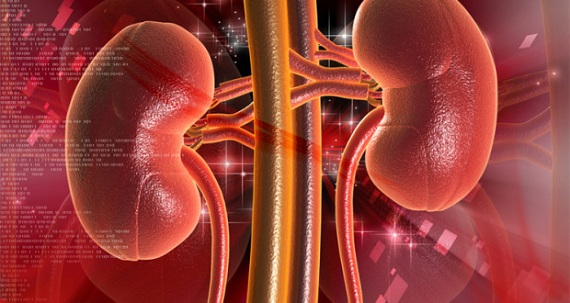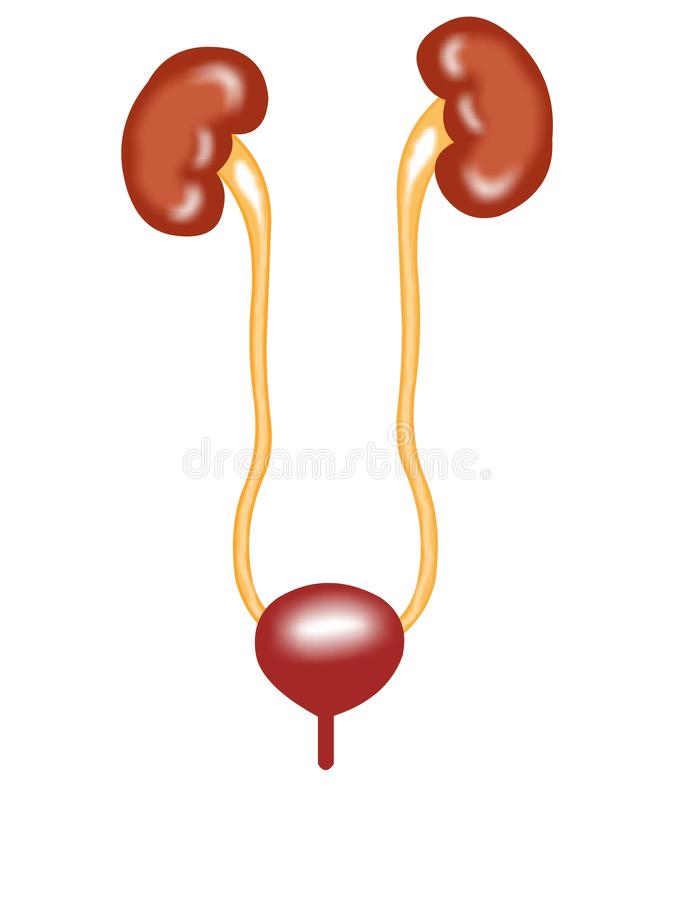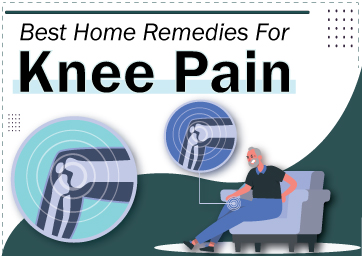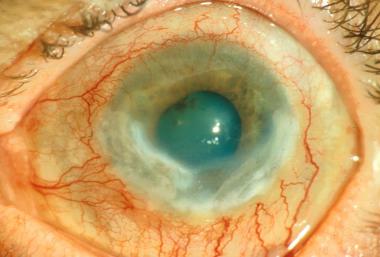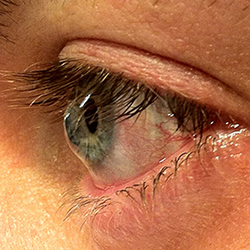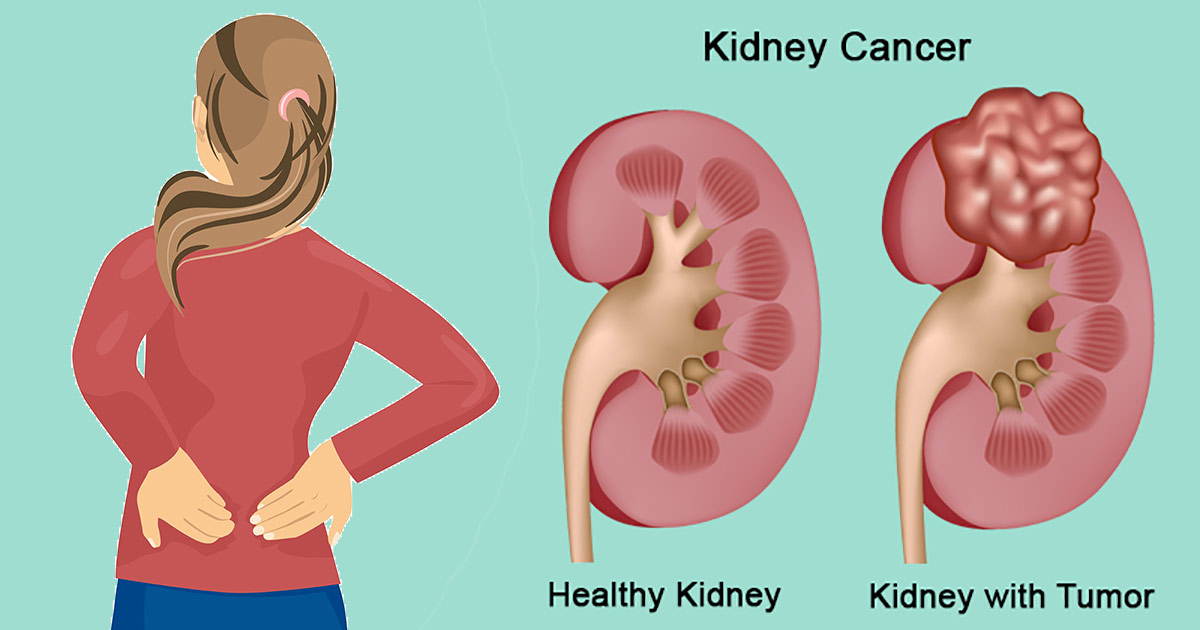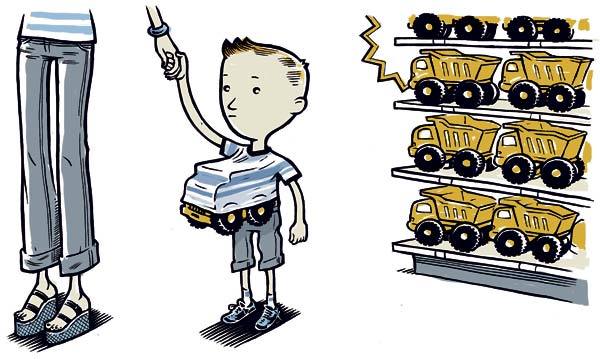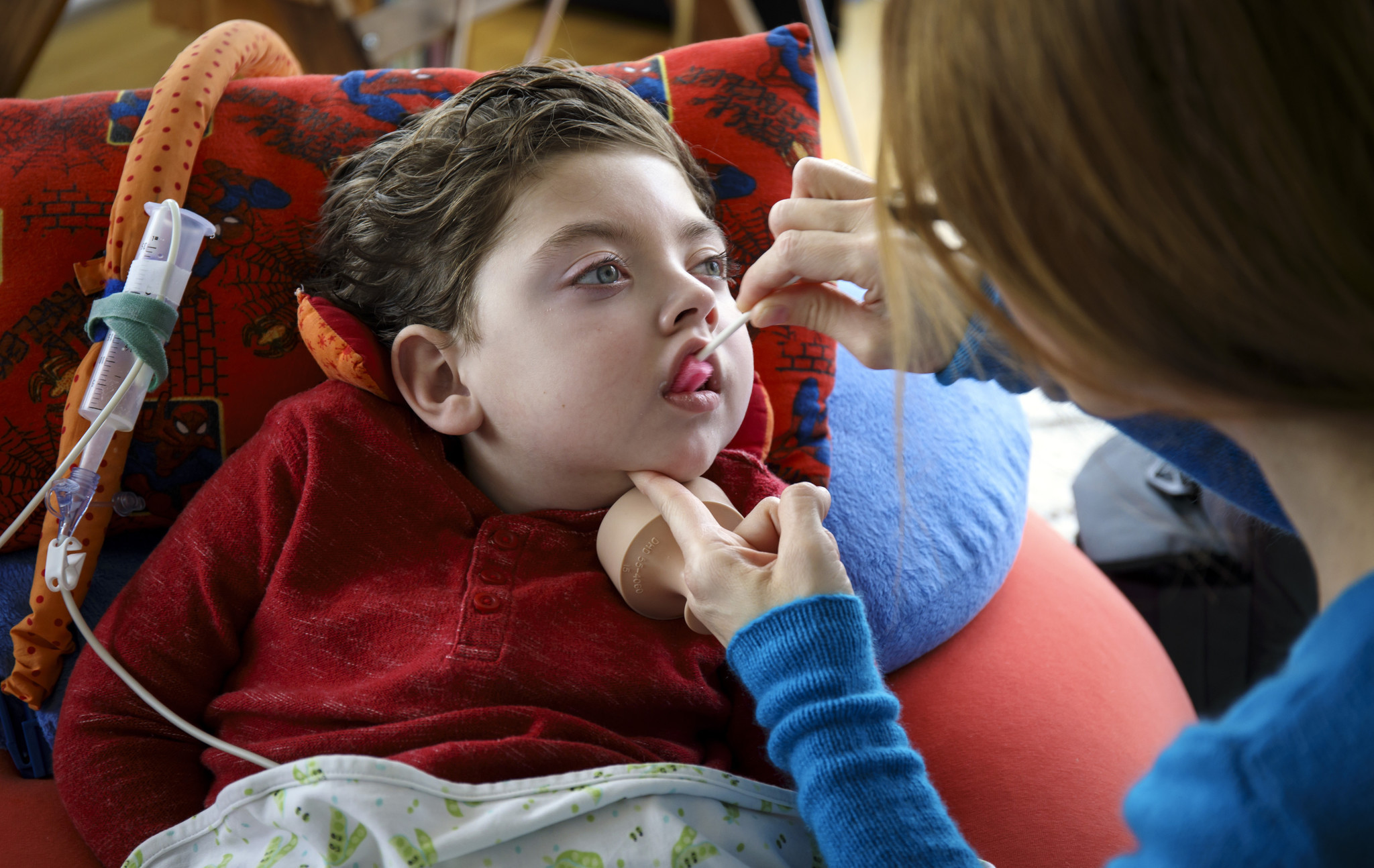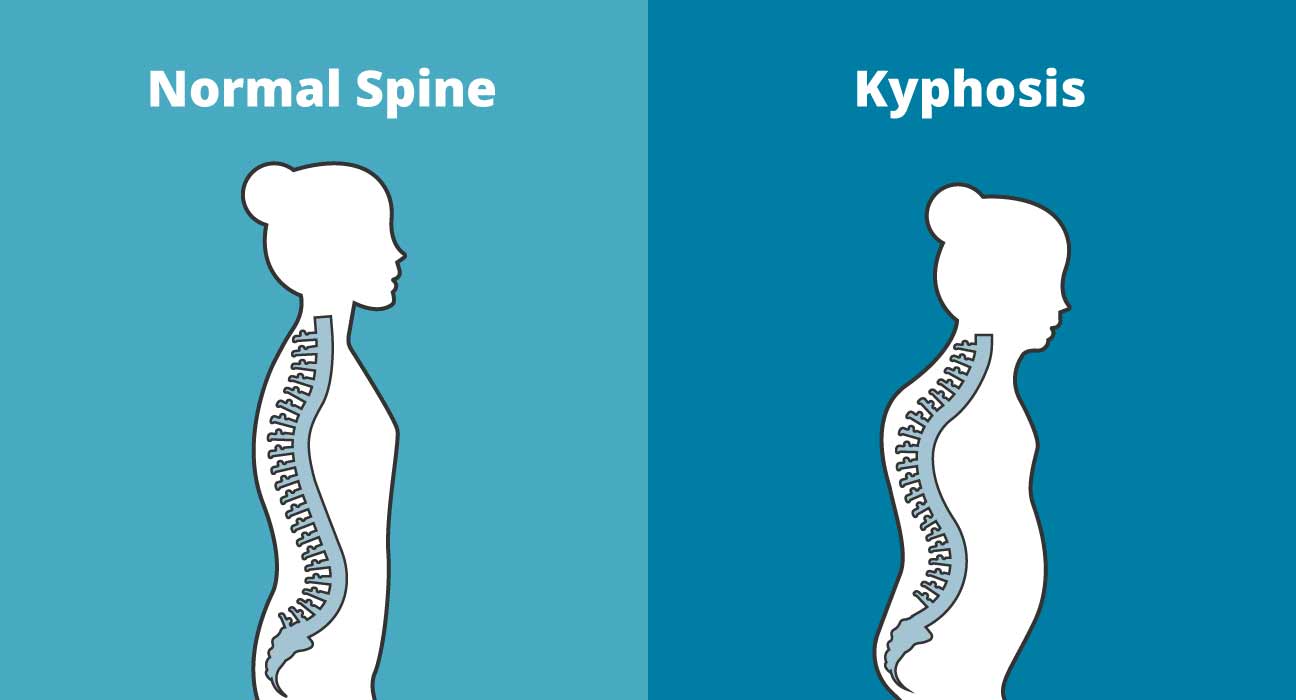The test measures ketone levels in your urine. Normally, your body burns glucose (sugar) for energy. If your cells don't get enough glucose, your body burns fat for energy instead. This produces a substance called ketones, which can show up in your blood and urine. High ketone levels in urine may indicate diabetic ketoacidosis (DKA), a complication of diabetes that can lead to a coma or even death. A ketones in urine test can prompt you to get treatment before a medical emergency occurs.
Other names: ketones urine test, ketone test, urine ketones, ketone bodies


 Contact Us
Contact Us







 Hospitals
Hospitals
 Doctors
Doctors
 Diagnostic
Diagnostic
 Pharmacy
Pharmacy
 Health Tips
Health Tips
 Blog
Blog











